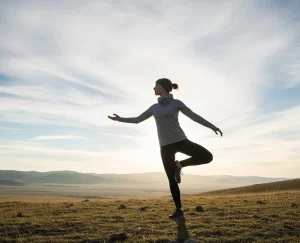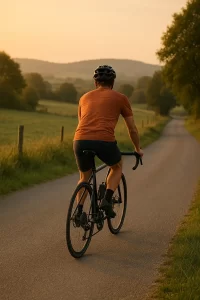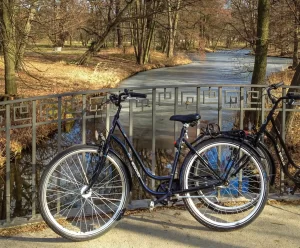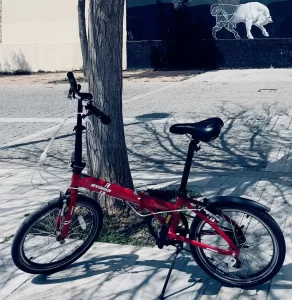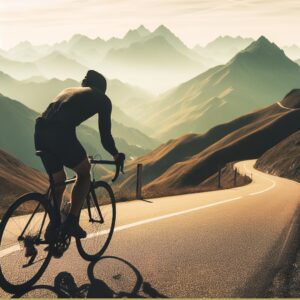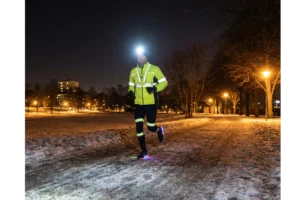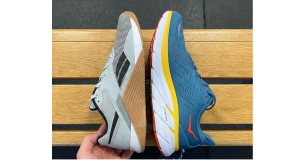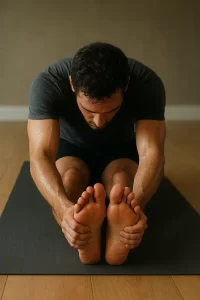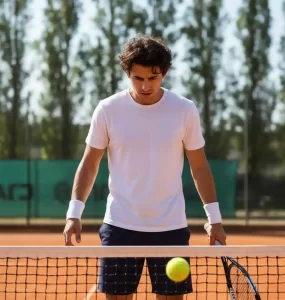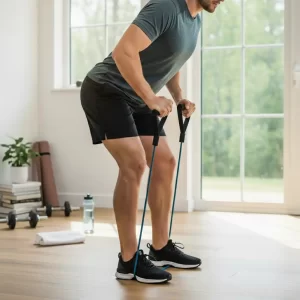START
CYCLING
Cycling is a low impact exercise. It will help you increase endurance, improve cardiovascular health, and strengthen muscles mainly on the lower body.
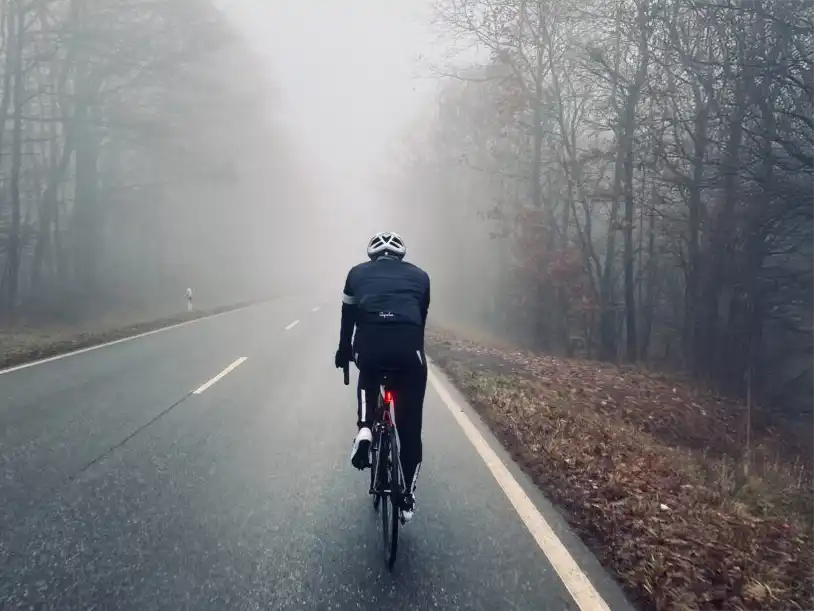
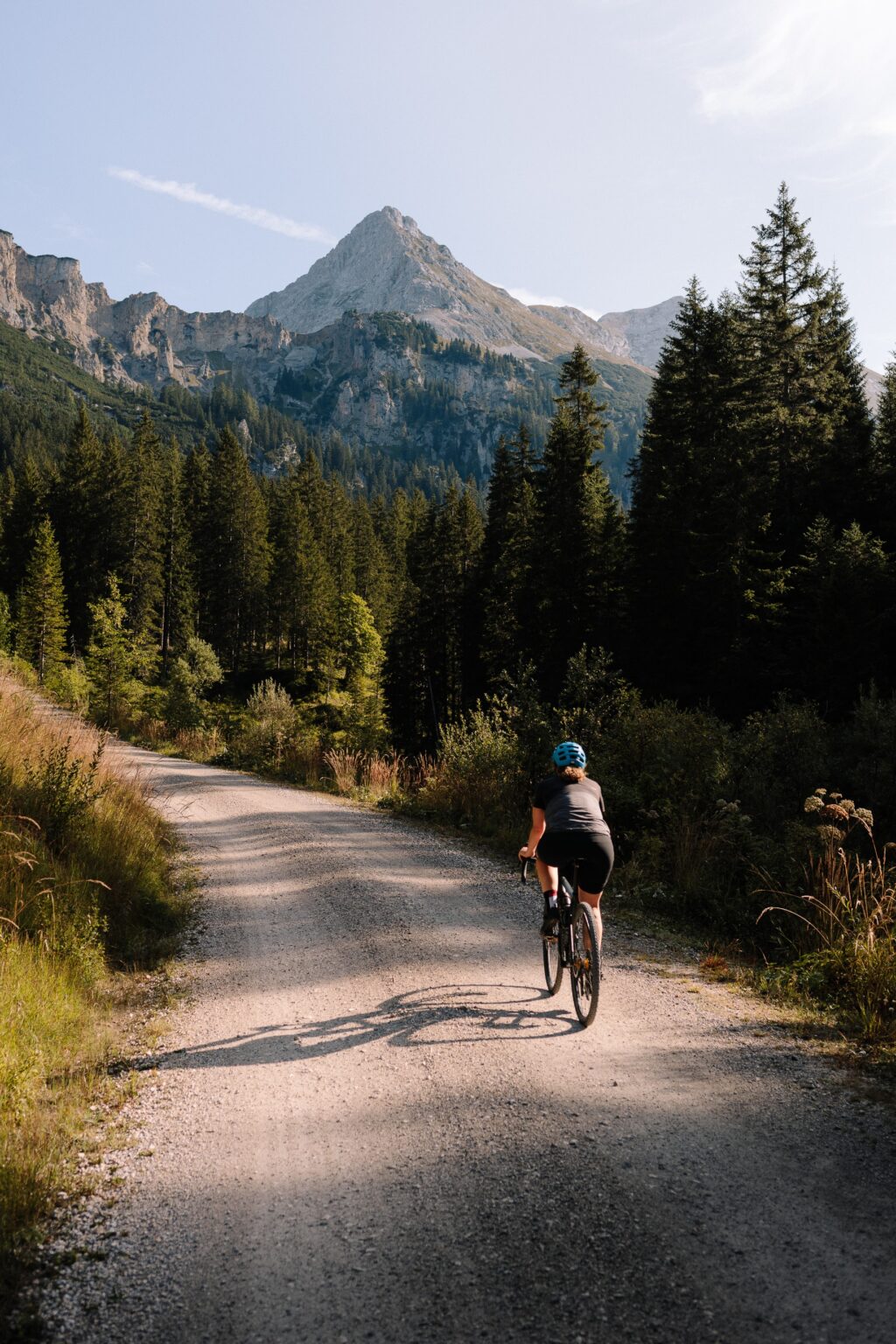
TIPS TO START
- Get a bike: The first step is to get a bike that is suitable for your needs and skill level. There are many different types of bikes to choose from, including road bikes, mountain bikes, and hybrid bikes. Consider your budget, the type of terrain you’ll be riding on, and your cycling goals when selecting a bike. Do not overspend to get the best bike, before knowing you want to continue with the sport.
- Invest in necessary gear: In addition to a bike, there are a few other pieces of gear that you’ll need to start cycling. We have an extensive list below.
- Learn proper technique: Before you start cycling, it’s important to learn proper technique to ensure you are riding efficiently and safely. This includes learning how to shift gears, brake effectively, and navigate turns before switching to higher speeds.
- Start slowly: If you’re new to cycling, it’s important to start slowly and build up your endurance over time. Start by cycling short distances and gradually increase the length of your rides as you get more comfortable on the bike. Also gradually add uphill to your workout since it is a part that will add difficulty if you start going longer distances.
- Stay safe: It’s important to prioritize safety. Always wear a helmet and follow traffic laws, and be sure to use hand signals to indicate when you are turning. If you are cycling on trails, be mindful of your surroundings and follow any posted rules or guidelines. Also avoid headphones when on the road.
By following these tips, you can start cycling as a fun and rewarding hobby that provides numerous physical and mental benefits. Whether you’re looking to improve your fitness level, explore new areas, or just have fun, cycling is a great activity to add to your weekly routine.
BASIC EQUIPMENT
- Bicycle: A bicycle is a key piece of equipment for cycling. It should be the appropriate size and style for the rider and should be well-maintained to ensure safety. You should start with an all terrain bike so you have the flexibility to try road and off-road tracks.
- Helmet: A helmet is an important safety feature for cycling. It should be worn at all times while riding. You should choose a right fit for your needs so it can be properly fastened without wiggling.
- Padded cycling shorts: Padded cycling shorts can help to improve comfort and reduce chafing while riding.
- Cycling shoes: Cycling shoes are specifically designed for the sport and can help to improve power transfer and efficiency while riding. Shoes are not necessary for the beginners.
- Water bottle: It is important to stay hydrated while cycling, and a water bottle can be carried on the bike to ensure easy access to water.
- Tire repair kit: A tire repair kit should be carried while cycling in case of a flat tire. It should include a spare inner tube, tire levers, and a hand pump. You should watch a YouTube video to have an idea how to use it if needed.
- Bike pump: A bike pump to inflate tires before or after a ride.
- Bike lock: A bike lock to secure the bike when it is not in use.
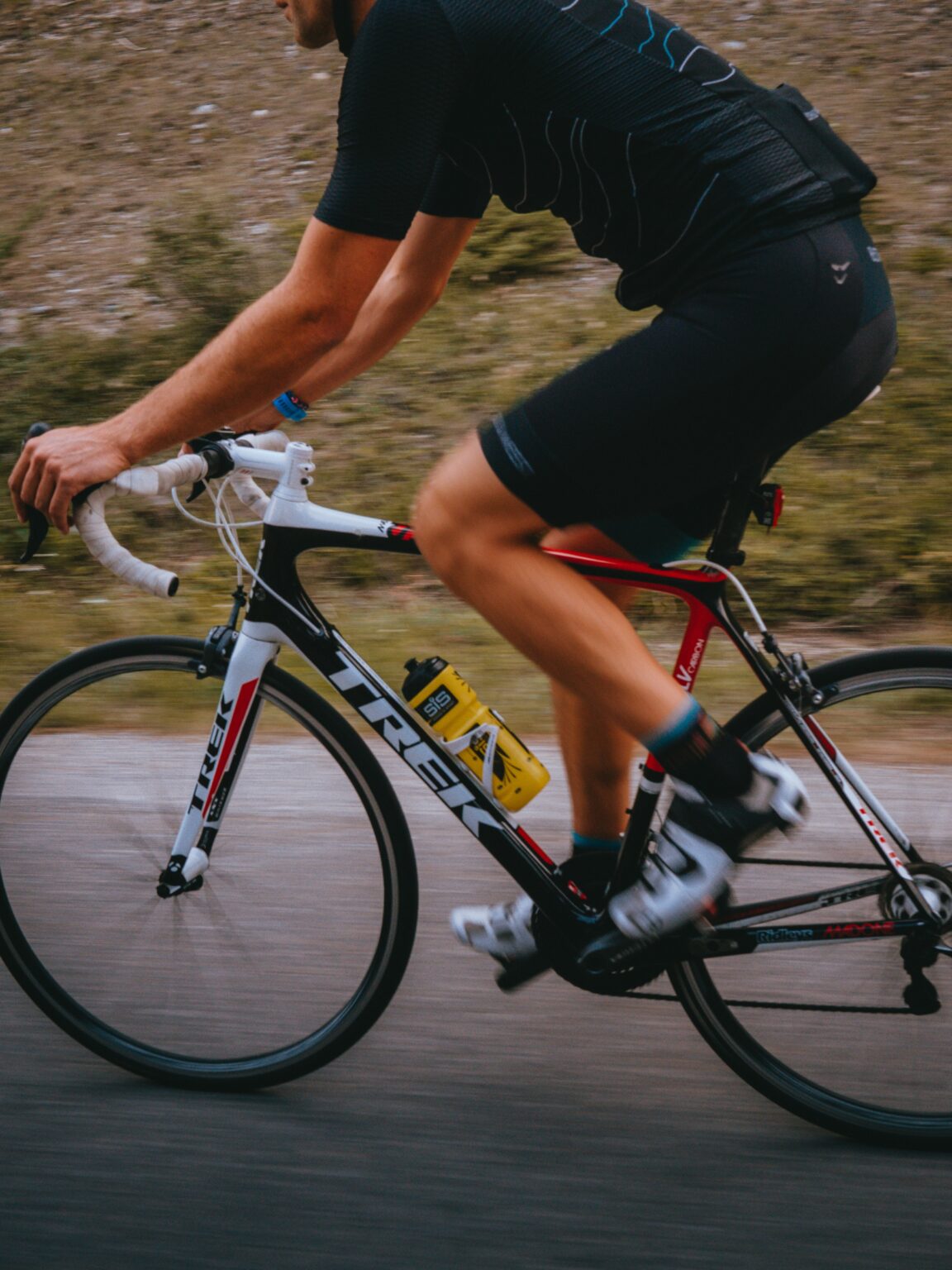
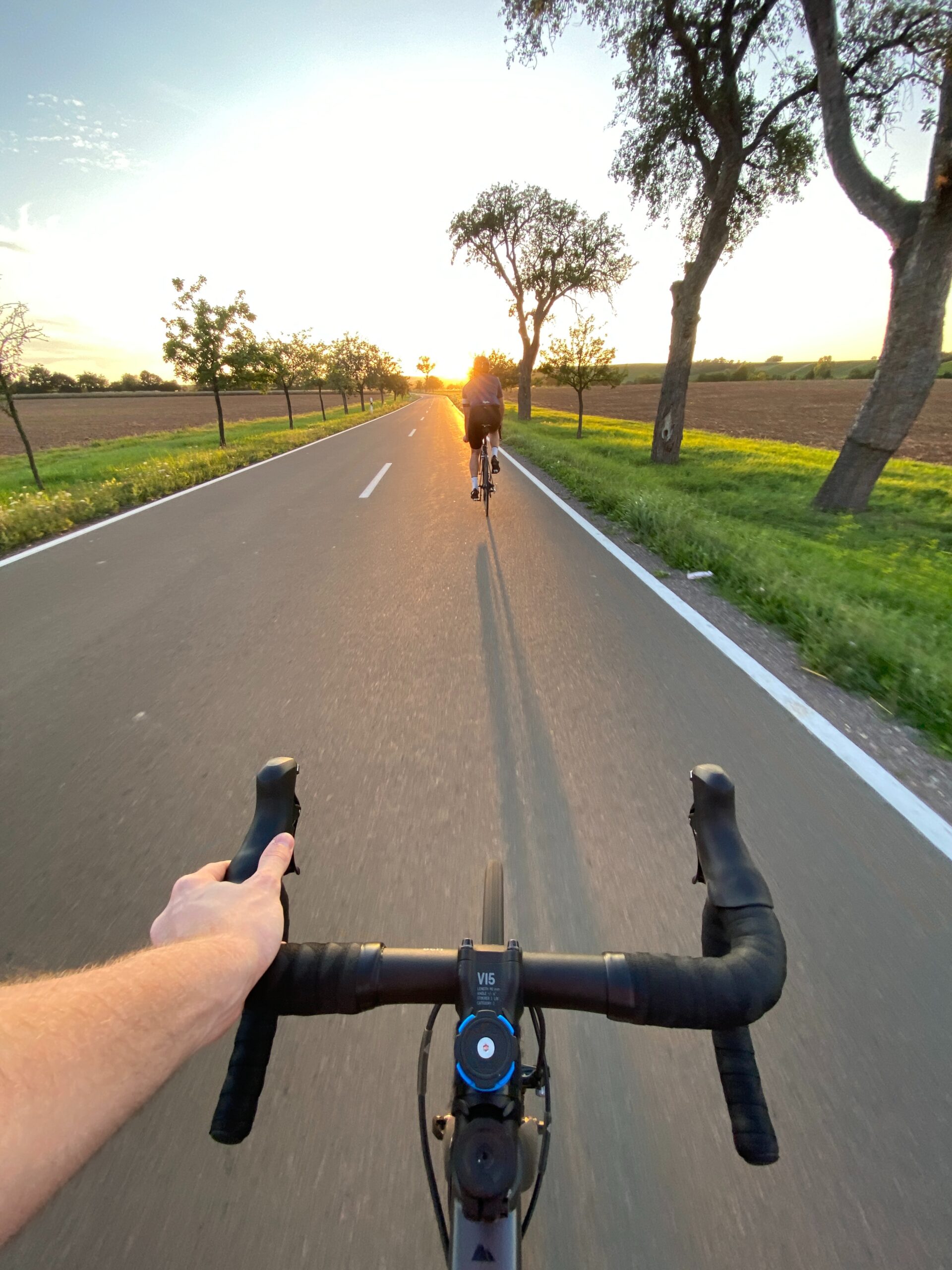
MAIN MUSCLES
Cycling exercises a number of muscles in the body, including:
Legs: Cycling involves a lot of pedaling, which can help to strengthen the muscles in the legs, including the quadriceps, hamstrings, and calves.
Glutes: The pedaling motion in cycling can help to strengthen the muscles in the buttocks.
Core: Cycling requires a lot of trunk stability and can help to strengthen the core muscles, including the abs, obliques, and lower back muscles. Beware that in the static bike, core is not so much activated.
Arms: While cycling, the arms help to stabilize the body and can become stronger as a result.

Common Injuries
- Road rash: Road rash is a type of skin injury that can occur if a cyclist falls and slides on the pavement. It can be prevented by wearing protective gear, such as a helmet and padded clothing.
- Knee pain: Cyclists may be at risk for knee pain, such as patellofemoral pain syndrome (PFPS), due to the repetitive bending and straightening of the knee while pedaling.
- Hand numbness: Cyclists may experience numbness or tingling in the hands due to pressure on the nerves in the wrist and hand from gripping the handlebars.
- Neck pain: Cyclists may experience neck pain due to poor posture or strain on the neck muscles from looking up or down for extended periods of time.
- Saddle sores: Saddle sores are a type of skin irritation that can occur due to prolonged pressure on the skin from the bike saddle.
It is important to properly warm up before cycling and to pay attention to your body’s limits to help prevent injuries. If you experience any pain or discomfort while cycling, it is important to stop and seek medical attention if necessary. Wearing appropriate protective gear, such as a helmet, can also help to prevent injuries while cycling.
